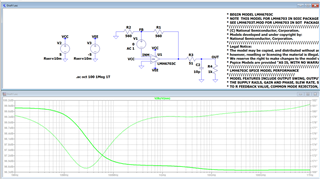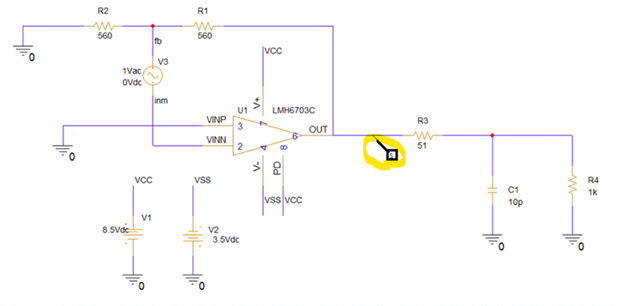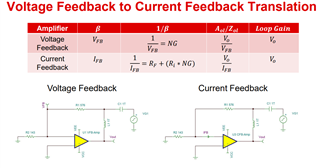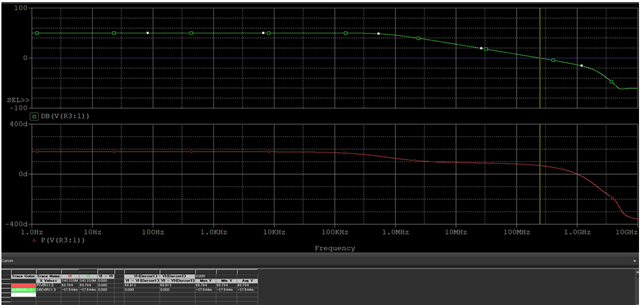Other Parts Discussed in Thread: THS3491
Tool/software:
Dear Technical Support Team,
I'd like to confirm to use ADI's method with LTSpice, but it seems not to work for open loop gain(FB/INM).
The gain results in a gain of no less than 0 dB and I am unable to confirm the phase margin.
Is the problem due to the construction of the SPICE model?
In LTSpice, the phase margin is measured as V(fb)/V(inm), where fb is the + side of the ideal power supply (AC) that is placed in the middle of the feedback line and inm is the - side.
www.analog.com/.../5579254320001.html

In PSpice for TI, I think I should use the output of the op-amp as the observation point as shown in the video, but in this circuit, is it correct at the end of the resistor (51Ω)?
Do you have example design of LMH6703 simulation(GAIN and phase margin) with PSpice for TI?
www.ti.com/.../ti-precision-labs-pspice-for-ti.html
Any advice would be appreciated.
Best Regards,
ttd






